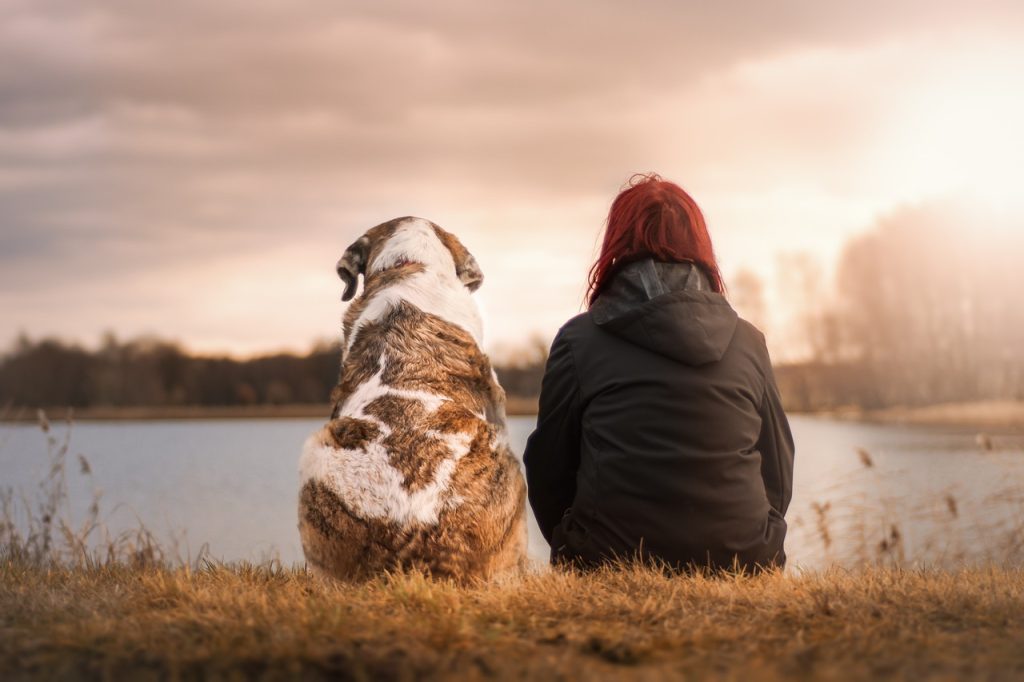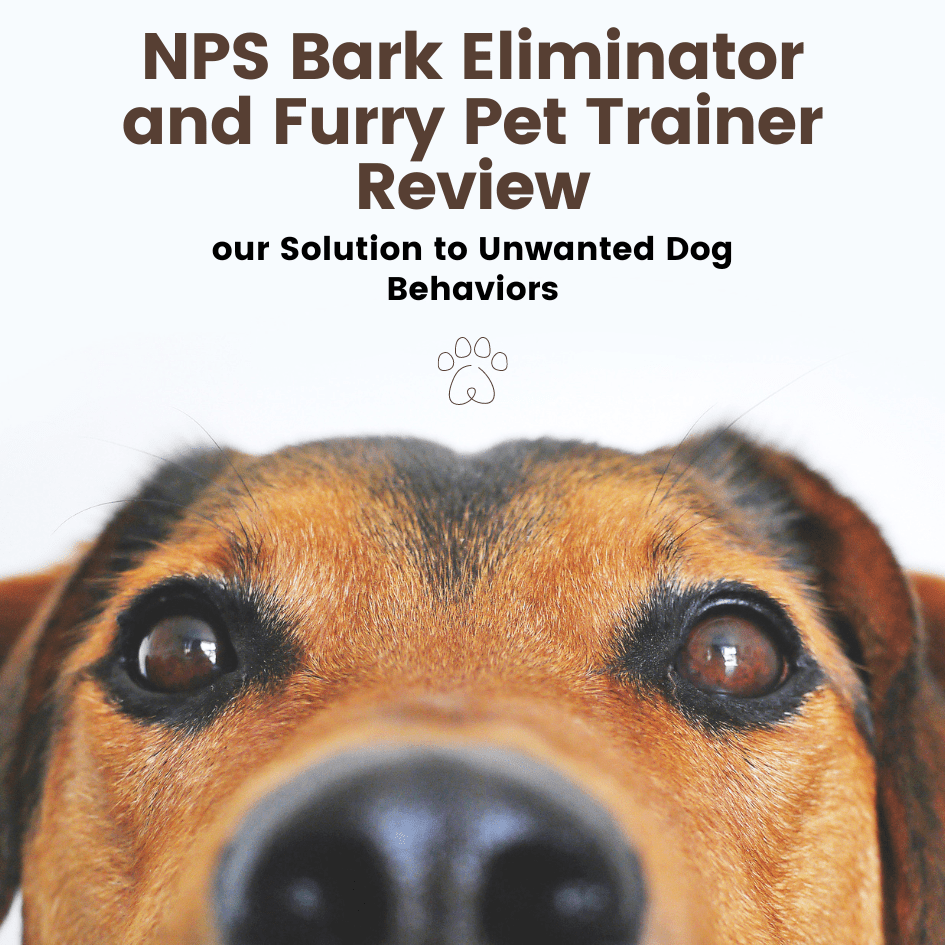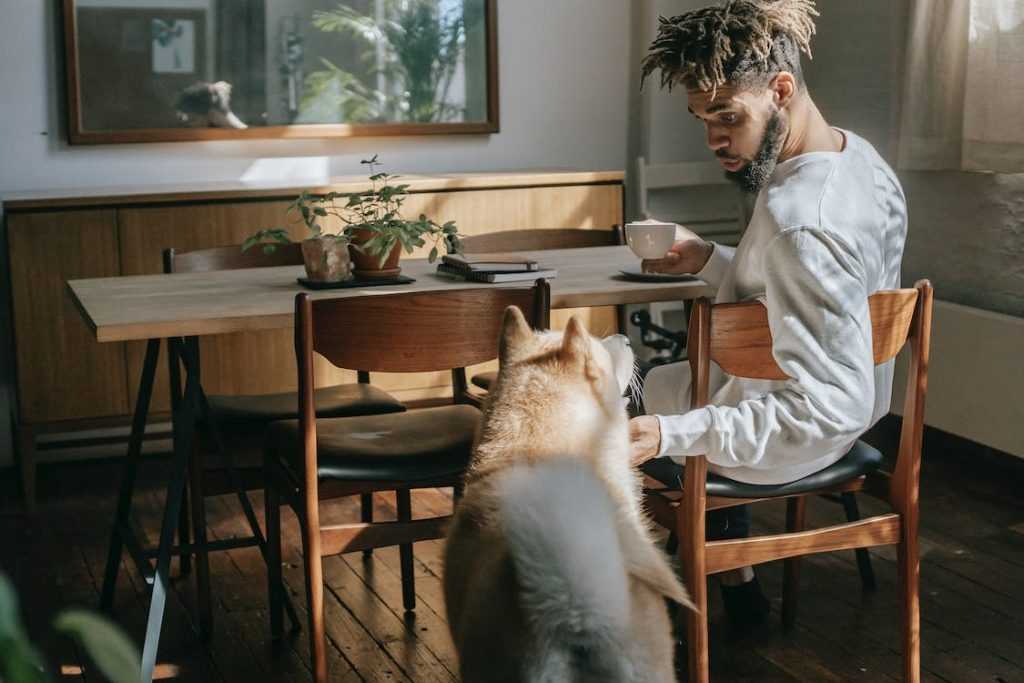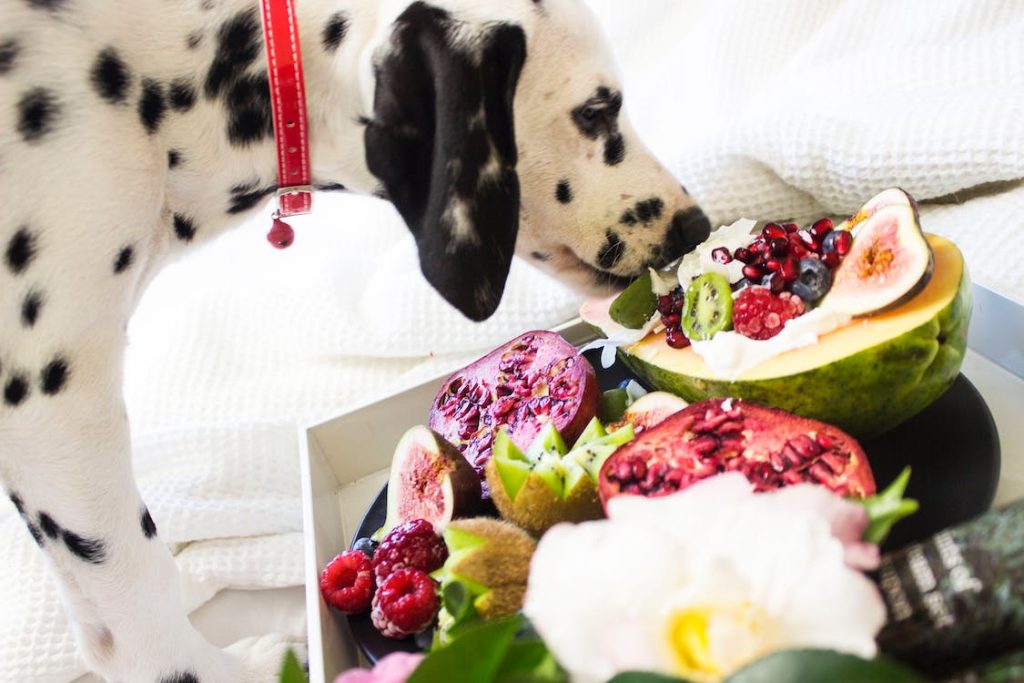For ages, guard dogs have stood as vigilant protectors and loyal companions for humans. With their heightened senses, robust physique, and natural instinct to guard, they offer unmatched security for homes. Beyond their physical capabilities, the bond they forge with their owners and their unwavering loyalty make them even more special. In this guide, we’ll dive into the top 7 premier guard dogs, exploring their unique traits, training essentials, and the reasons behind their prowess in safeguarding duties. From ancient breeds with storied histories to modern-day watchdogs, prepare to discover the canine world’s elite protectors.
1. German Shepherd: The Versatile Protector
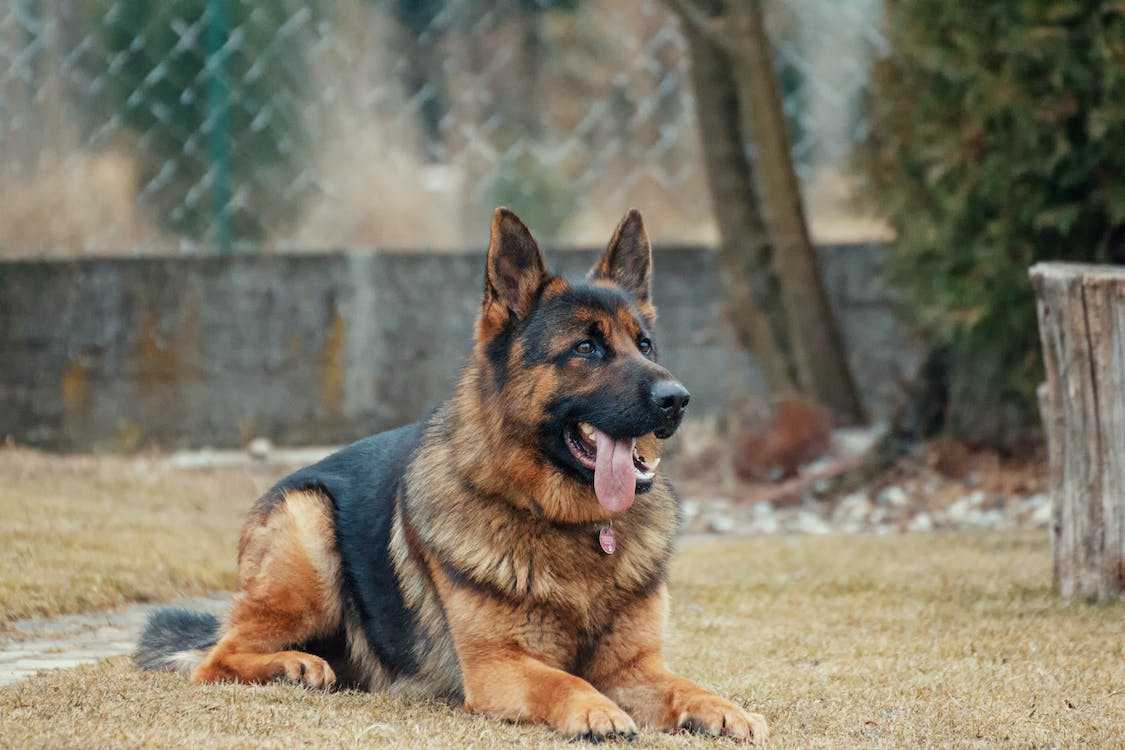
Standing tall with a dignified demeanor, the German Shepherd is not just a popular breed, but a symbol of reliability and discipline. Their commanding presence coupled with an agile mind has solidified their position as one of the top choices for those seeking both companionship and security.
Quick Fact: Originating from Germany as sheep herders, their adaptability rapidly expanded their roles to encompass police, military, and even search and rescue assignments.
Why Best: Beyond their impressive physical stature, German Shepherds bring a unique blend of intelligence, adaptability, and loyalty. They are fast learners, allowing for advanced training in protection and other tasks. Their inherent alertness ensures that they’re always vigilant, keeping potential threats at bay.
Why Not So Good: Their strong protective instincts, while generally an asset, can lean towards overprotectiveness if not trained and socialized appropriately. Moreover, their high energy levels and intellectual needs demand consistent engagement and stimulation, potentially making them a challenge for households unprepared for such commitments.
2. Rottweiler: The Powerful Sentinel
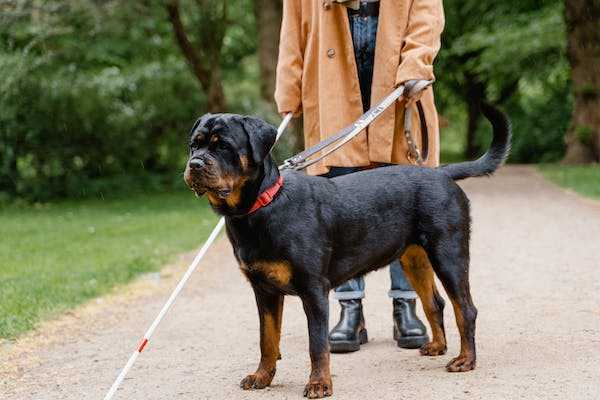
With a solid build and a commanding presence, Rottweilers are a true embodiment of strength and confidence. Their profound black and tan markings only add to their majestic appearance, and beneath that strong exterior lies a heart that beats fiercely for its family.
Quick Fact: Originating from the Roman Empire, Rottweilers were initially used to herd livestock and pull carts laden with butchered meat to market, leading to their name – derived from the historic town of Rottweil.
Why Best: Rottweilers are blessed with an astute intelligence and a fearless demeanor. Their observant nature coupled with their bravery makes them one of the top choices for guarding. They are naturally inclined to watch over their domain and loved ones, making any intruder think twice before trespassing.
Why Not So Good: Their potent protective instinct can sometimes become a double-edged sword. If not trained and socialized properly from a young age, they might exhibit aggressive behavior. It’s also worth noting that their sheer strength and power demand an owner who can establish themselves as the pack leader, ensuring the Rottweiler respects boundaries and commands.
3. Doberman Pinscher: The Vigilant Defender
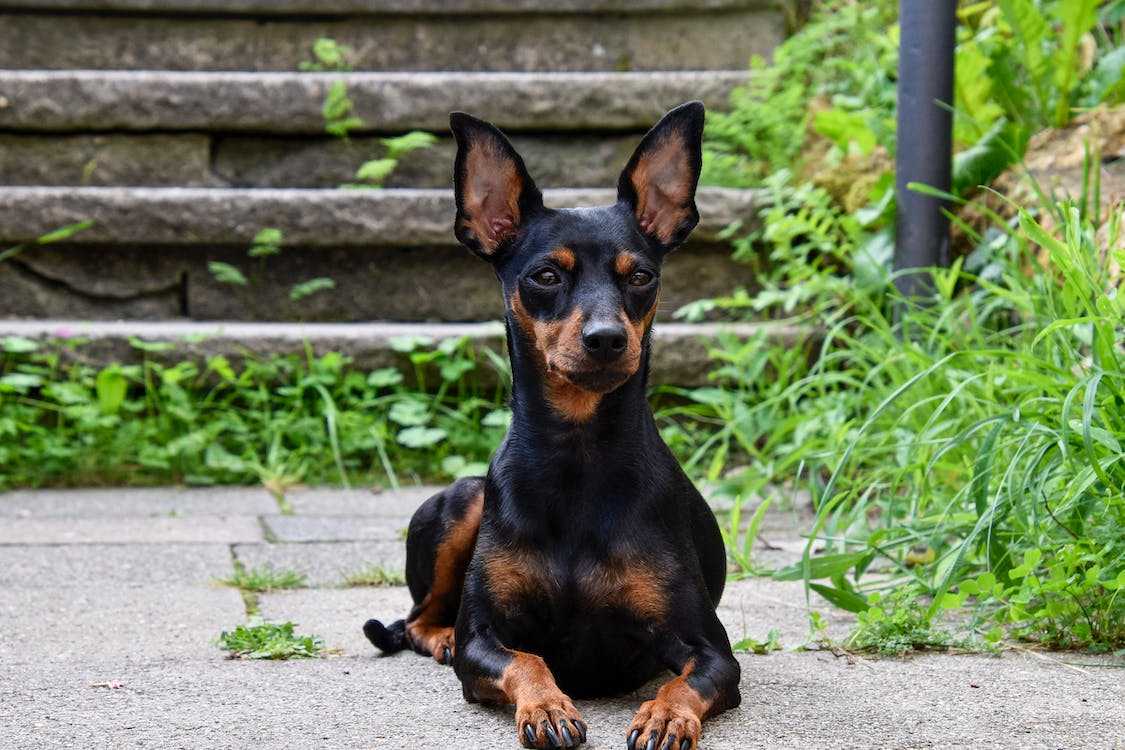
Sleek, muscular, and undeniably majestic, the Doberman Pinscher stands as a beacon of efficiency and precision. Their elegant posture is paired with a sharp intellect, making them one of the most recognized guard dogs in the world.
Quick Fact: The Doberman Pinscher was originally bred by a German tax collector named Louis Dobermann in the 1890s. He sought to create a medium-sized guard dog to accompany him during his work, combining several breeds to achieve the desired traits.
Why Best: Dobermans are the epitome of vigilance. Their impressive agility and speed allow them to react swiftly to potential threats. Their innate alertness and keen senses ensure that nothing goes unnoticed, providing a secure environment for their families.
Why Not So Good: While their protective nature is commendable, Dobermans can be somewhat reserved or even wary of strangers. Without consistent training and early socialization, they can become overly protective or aggressive. Their high energy levels also mean they need regular exercise and mental stimulation to stay happy and well-balanced.
4. Boxer: The Energetic Guardian
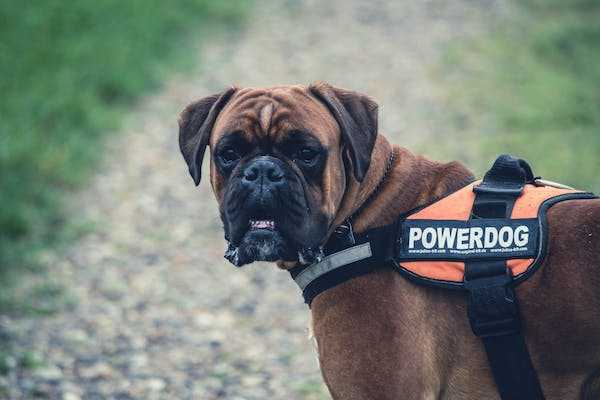
With a muscular frame and a gleeful expression, Boxers are a delightful blend of strength and spiritedness. Their boundless energy and enthusiastic tail wags often belie the serious guardian that lies beneath.
Quick Fact: The Boxer breed traces its lineage back to ancient war dogs of the Assyrian Empire. They were later developed in Germany as hunting dogs, and their name possibly comes from the way they “box” with their front paws during play.
Why Best: Boxers are equipped with a keen intellect and a naturally protective nature. Their intelligence allows them to discern threats effectively, and their inherent loyalty to their families drives them to safeguard with vigor. While they might be playful and boisterous with their loved ones, they can quickly switch to a more vigilant and protective mode when the situation demands.
Why Not So Good: Boxers are high-energy dogs that require ample playtime and exercise to channel their vitality constructively. Without the right amount of physical and mental stimulation, they can become restless and even destructive. Additionally, their friendly nature might require additional training to fine-tune their protective instincts without being overly aggressive.
5. Bullmastiff: The Intimidating Watchdog
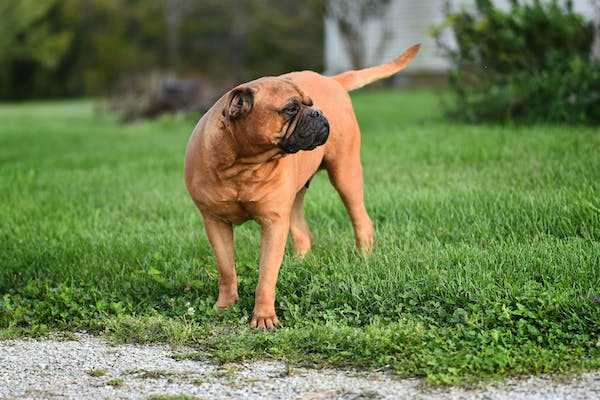
Combining sheer strength with a dignified stance, Bullmastiffs are a sight to behold. Their hulking presence is backed by a calm, confident demeanor, making them both a loving family member and an effective deterrent against threats.
Quick Fact: Bullmastiffs originated in England during the mid-1800s. They were specifically bred by gamekeepers to guard estates and chase off poachers, combining the strength of the Mastiff with the agility of the Bulldog.
Why Best: These gentle giants have an innate ability to protect. Their very appearance commands respect and can make intruders think twice. They are astute judges of character and can differentiate between harmless visitors and potential threats. With their families, they showcase a tender side, proving that their protective nature does not compromise their ability to love and be loved.
Why Not So Good: Despite their imposing size, Bullmastiffs are sensitive and may not respond well to harsh training methods. They also have a tendency to be stubborn, requiring patient and consistent training. Being a brachycephalic breed (short-nosed), they can have respiratory issues and may not tolerate extreme temperatures. Proper care and awareness of their health needs are essential.
6. Belgian Malinois: The Diligent Protector
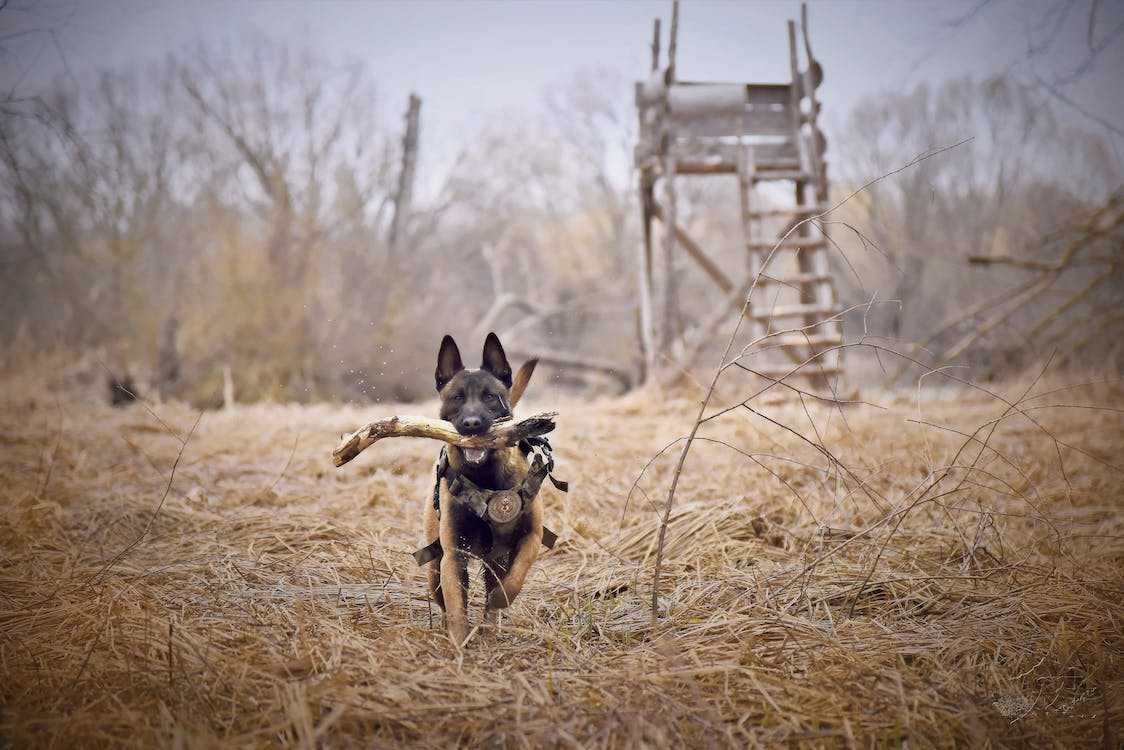
Athletic and poised, the Belgian Malinois exudes a sense of purpose in every move. A dog with unparalleled drive, this breed has carved a niche for itself in high-stakes roles around the world due to its dedication and sharp intellect.
Quick Fact: While the Belgian Malinois may look similar to the German Shepherd, they are a distinct breed, originating from the city of Malines in Belgium where they were initially bred as herding dogs.
Why Best: With an enviable work ethic and impressive agility, the Belgian Malinois stands out as a top-notch protector. Their intelligence and adaptability make them suitable for diverse roles, from guarding homes to aiding law enforcement. Their focus and energy mean they’re always on their toes, ready to spring into action.
Why Not So Good: The same energy that makes them excellent workers also requires an outlet. If not given enough exercise or tasks, they can become restless or even destructive. They also need early and consistent training, as their high drive can sometimes manifest as overzealous behavior if not properly channeled.
7. Akita: The Loyal Sentry
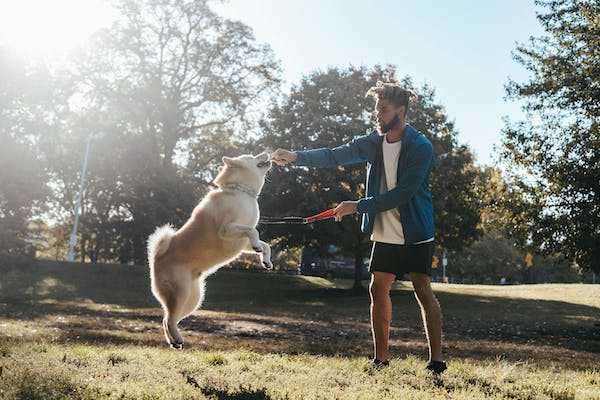
With a majestic stance and a gaze that speaks volumes, the Akita is a breed that commands respect. Rooted deeply in Japanese culture, these dogs are a blend of strength, dignity, and profound loyalty.
Quick Fact: The Akita has two distinct types: the Japanese Akita Inu and the American Akita. Both are celebrated for their loyalty, with the Akita Inu having a more fox-like face and the American Akita boasting a broader head.
Why Best: Akitas are natural guardians. Their loyalty is legendary, often forming deep bonds with their families. Their sturdy physique and brave nature ensure that they stand their ground when faced with threats, making them reliable protectors.
Why Not So Good: Akitas are known for their strong will and can sometimes be reserved or aloof with strangers. They require early socialization to ensure they are balanced and receptive to various experiences. Additionally, they are best suited for experienced dog owners who can establish a firm yet loving leadership role, as Akitas respect and respond best to confident handlers.
FAQs: Common Questions about the Best Guard Dogs
Q: What makes a good guard dog?
A: Good guard dogs are typically alert, obedient, courageous, and protective. They should also be trainable and have a strong bond with their family.
Q: Are guard dogs safe around children?
A: Yes, most guard dogs can be safe around children, provided they have been properly trained and socialized from a young age. However, it’s always important to supervise interactions between dogs and young children.
Q: How long does it take to train a guard dog?
A: Training duration can vary based on the breed, individual temperament of the dog, and the specific skills required. Basic obedience can take a few weeks to a few months, while specialized guard training might take several months to over a year. Consistency and patience are key.
Q: Do guard dogs need special care or diet?
A: While guard dogs don’t necessarily need a special diet, they do benefit from high-quality dog food that meets their energy requirements, especially if they are active. Regular vet check-ups, exercise, and mental stimulation are also crucial to keep them in top condition.
Q: Can any dog be trained to be a guard dog?
A: While many breeds have inherent protective instincts, not every dog is suited for guard work. Factors like size, temperament, and trainability play a role. However, even breeds not traditionally seen as guard dogs can be trained for basic home protection, alerting owners to potential threats.
Q: Is it better to get a puppy or an adult dog for guarding?
A: Both have their advantages. Puppies can be trained and socialized according to the owner’s preferences from an early age. Adult dogs, especially if they’ve had prior training, might adjust quicker to the role. However, it’s essential to ensure that an adult dog’s temperament aligns with the owner’s needs.




